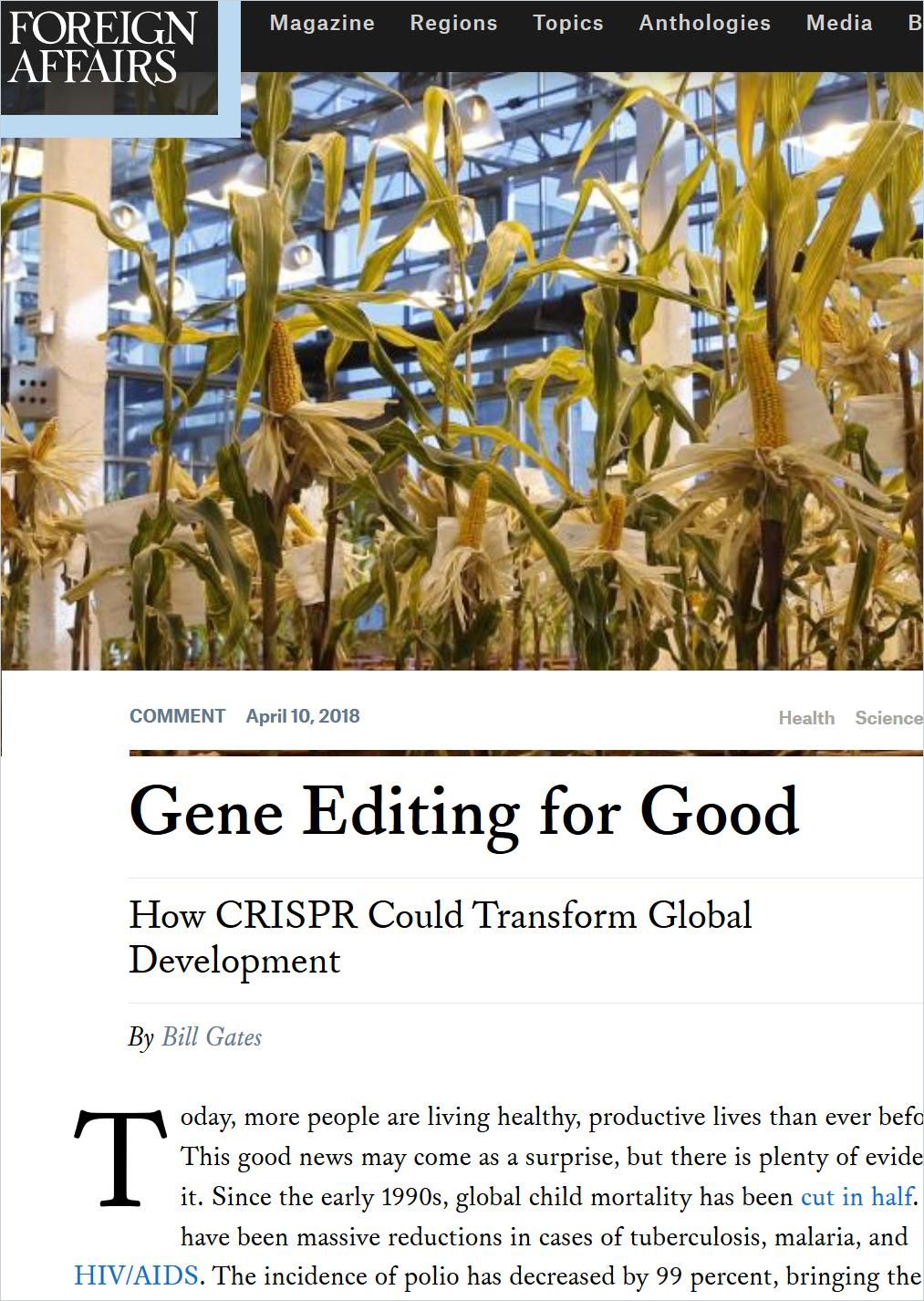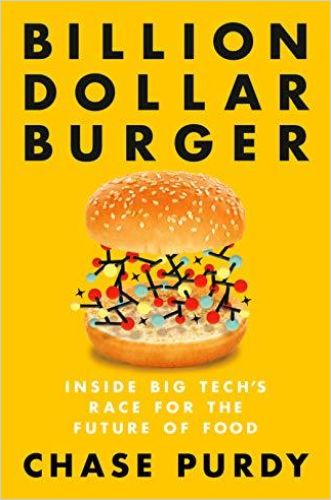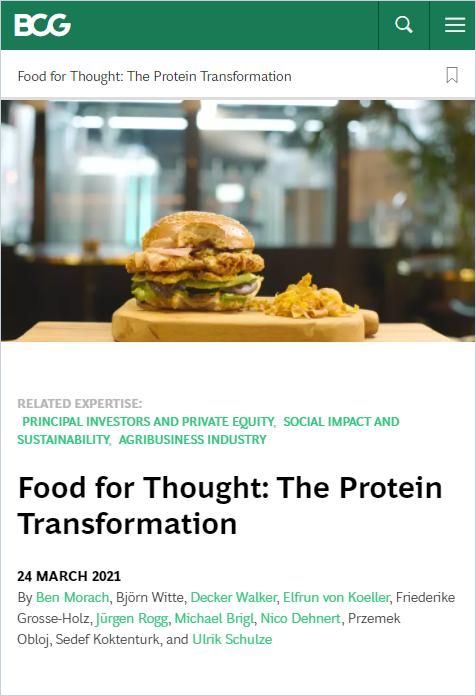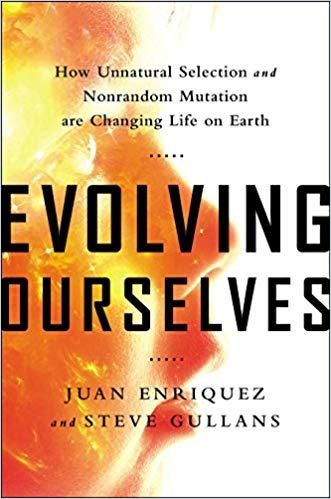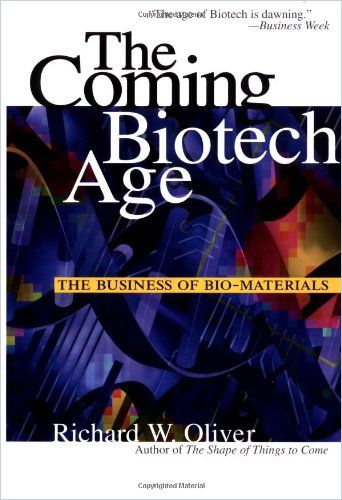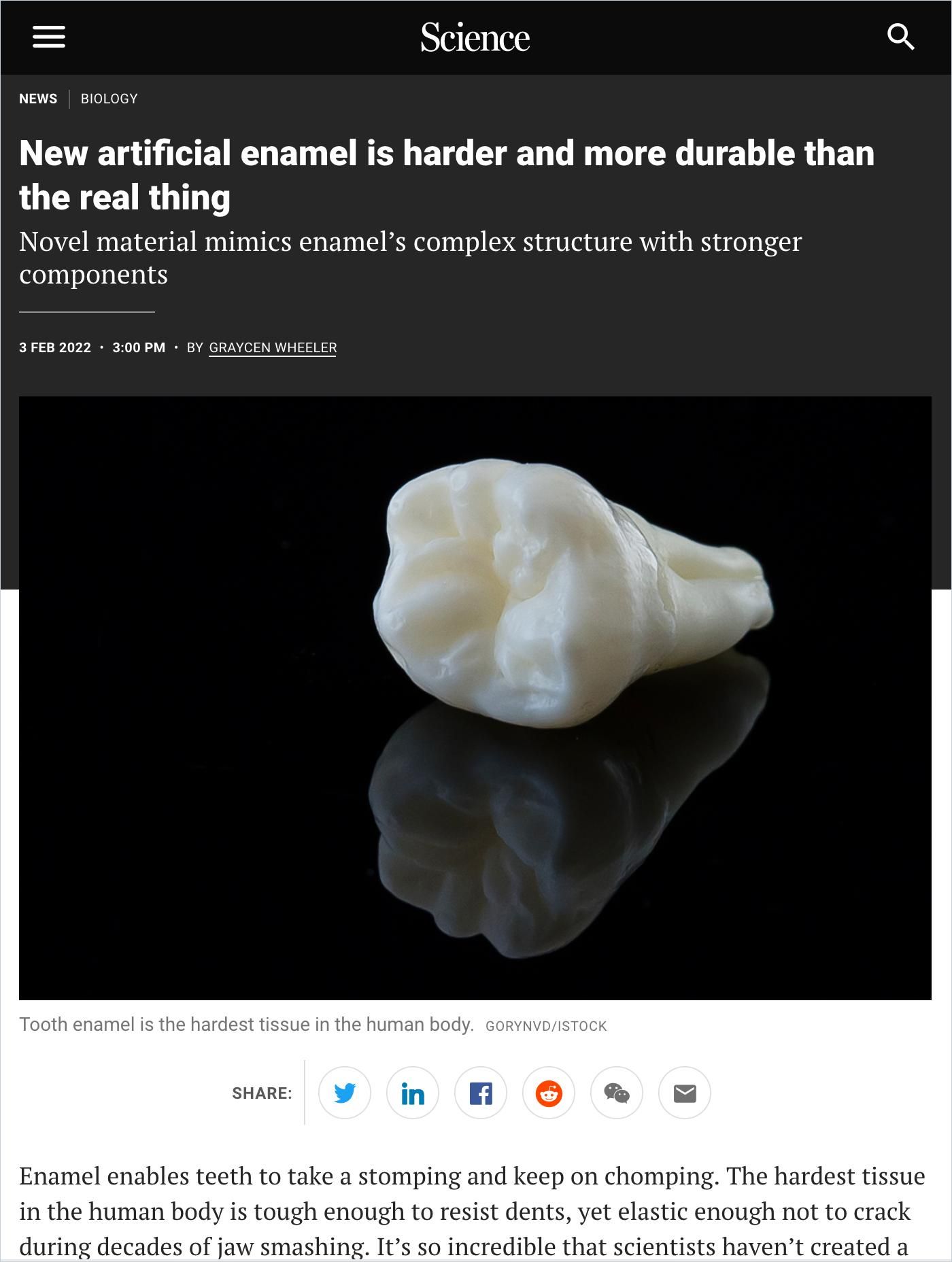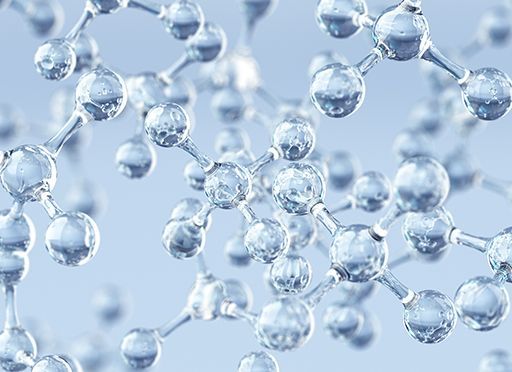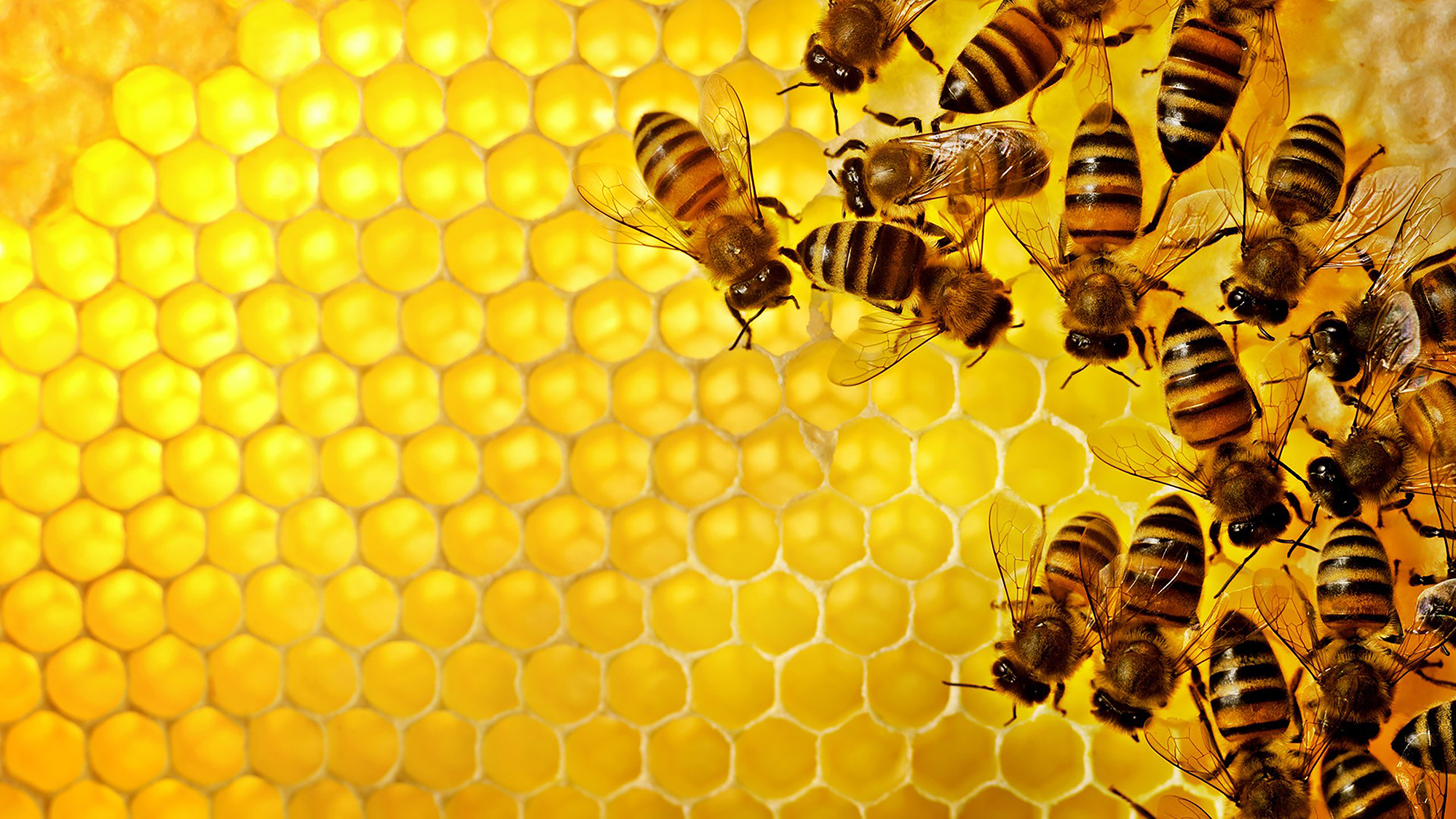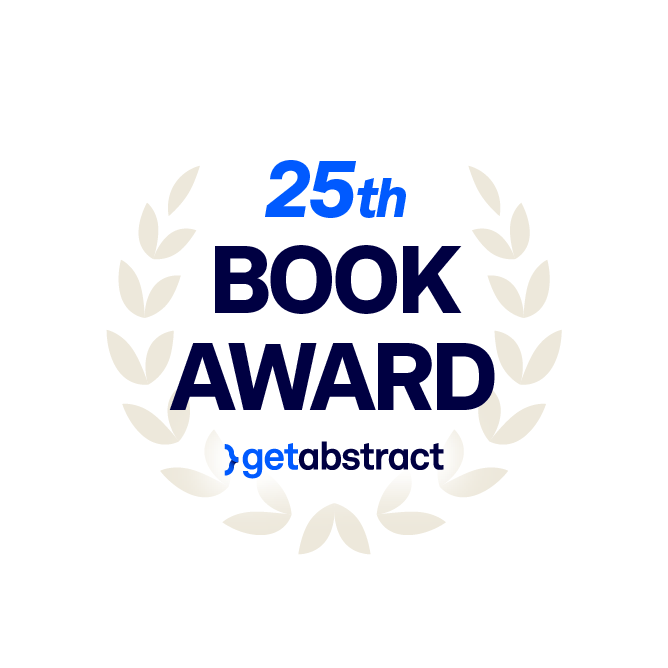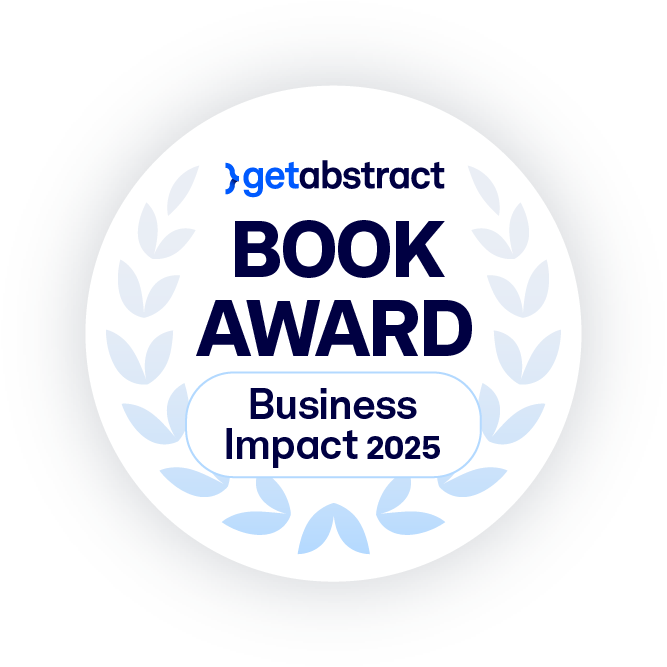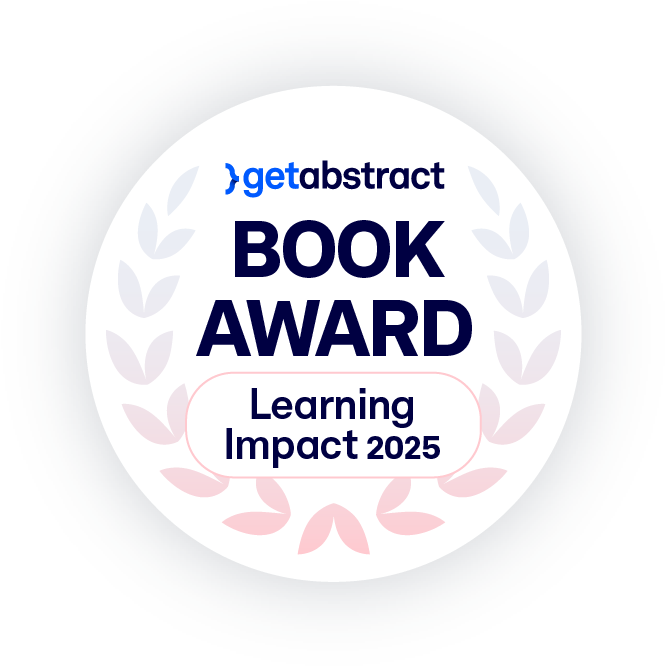Syn-Bio Is the Ultimate Hack

Synthetic biology – syn-bio – combines engineering, biochemistry and computer sciences to create human-designed biological systems, processes and organisms. Synthetic biology promises to release manufacturers from thorny supply chain issues – they can create needed proteins and metabolic processes in the lab – while making materials greener and cheaper, according to the Boston Consulting Group in its article, “Synthetic Biology is About to Disrupt Your Industry.”
Researchers use syn-bio to address such problems as tailoring drug delivery to work with a person’s specific genetic makeup or to replace expensive or hard-to-source materials with readily available, cheaper substitutes, for instance, manufacturing more biodegradable plastics from sugars rather than petroleum. Engineered nutrient-rich soil microbes offer a more environmentally-friendly alternative to traditional chemical fertilizers. Synthetic biological processes can break down manufacturing waste products into more useful, less hazardous substances. Synthetic biology is already disrupting the textile, pharmaceutical, chemicals and food processing industries.

Synthetic Biology Is About to Disrupt Your Industry
Boston Consulting GroupBiology is usually defined as the study of living things and life itself, but syn-bio has turned the science into the manufacturing paradigm of the future. Microorganisms can, in theory, make many of the things that industrial processes currently manufacture, so syn-bio – the design and engineering of biological systems to create and improve processes and products – offers new ways of producing almost everything.
Boston Consulting Group
1. CRISPR technology makes synthetic biology much easier.
While materials scientists look for promising new industrial materials and then figure out how to manufacture them, synthetic biologists look at how to harness existing biological processes to manufacture the material they’re looking for. These researchers treat DNA like software code. They can snip out code representing a useful biological property and drop that snippet somewhere else. Since 2012, CRISPR technology has made modifying genetic code with precision easier and cheaper.
CRISPR stands for “clustered regularly interspersed short palindromic repeats,” a type of genome sequence found in bacteria and similar single-celled organisms. The CRISPR method uses a combination of molecules and enzymes to snip and replace sequences within a DNA strand and insert themselves into a cell according to a guide RNA strand programmed by scientists, mimicking a process by which viruses spread. To learn more, check out Neville Sanjana’s helpful primer for CRISPR from Wired magazine. CRISPR technology allows scientists to splice new instructions into an organism’s DNA with implications for cancer therapies, Alzheimer’s, and heart disease. Biologist Nessa Carey describes some of the feats scientists have pulled off using this biotechnology in Hacking the Code of Life.
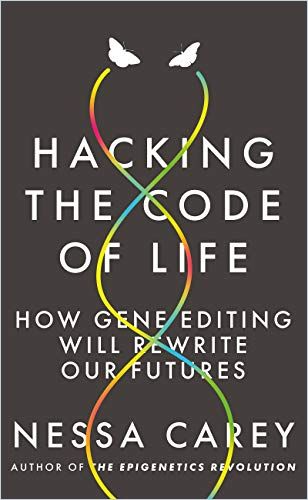
- Researchers in Spain genetically edited wheat to stop producing the gluten proteins that people with celiac disease can’t tolerate.
- Genetic modification can create less expensive yet still tasty ingredients: Beermakers can use altered Brewer’s yeast to taste like more expensive hops.
- Scientists worldwide are experimenting with ways to alter staple crops for bigger yields and greater resistance to drought.
- Gene editing might alter pig organs to make them safe to transplant into humans.
- This science holds tremendous potential for curing disease. Carey reports on a small study of 30 children whose cancer was unresponsive to treatment. Scientists modified their immune cells to enable them to fight cancer better. Subsequently, 27 became cancer-free.
While only one genetically engineered animal – a fast-growing salmon – has been commercialized so far, synthetic biology can turn a meat substitute made from plant protein into a savory cheeseburger, as Beyond Meat has done.
It’s…hoped that open discussions of the ethical and legal implications of gene editing of the human germline will increase the chances of developing frameworks that are consistent across international boundaries.
Nessa Carey
Author Kevin Davies outlines the history of genome editing with CRISPR technology in Editing Humanity, including how his peers censured Chinese scientist He Jiankui in 2018 after news spread that he successfully altered the genes of a fetus that became twins. This led to international condemnation and his arrest in China. So far, the consensus ban on editing human embryonic genes is widespread, even though the technique is considered safe.
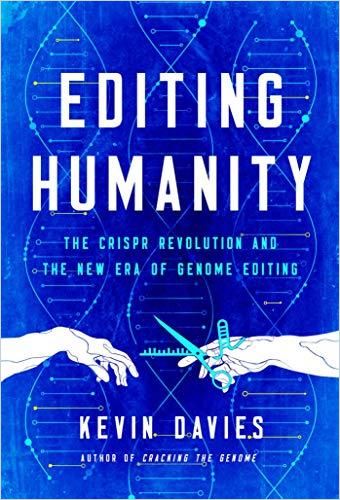
Scientists using CRISPR technology:
- Engineer bacteria to produce insulin for diabetics.
- Manipulate microbes to create biofuels.
- Engineer organisms to assist in environmental bio-remediation, for instance, cleaning up oil spills or breaking down plastic.
- Bio-engineer bacteria to sense and alert scientists to arsenic in drinking water.
- Engineer tissue and grow organs.
Genome editing offers two enticing benefits for patients: first, it strikes at the root of a disease by correcting the code, repairing the faulty DNA sequence.
Kevin Davies
2. DNA May Make a Better Hard Drive For Information Storage.
It turns out that genetic code – those four letters in various configurations signifying the nucleotides that form DNA – may be much more effective for storing information than 0s and 1s, writes James E. Dahlman for Scientific American. Storing information in DNA barcodes helps scientists track various samples, including cells, traits and the effects of nanoparticles or drugs.
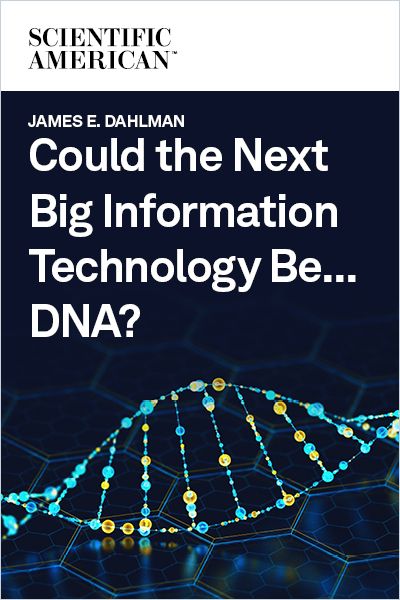
Could the Next Big Information Technology Be … DNA?
Scientific AmericanDNA, unlike computer servers, is remarkably resilient across various temperatures, from well below freezing to nearly boiling, and can store data at high densities over millennia. Everyone’s genetic information is stored in DNA, but adding information may be risky. Its potential small size can be positive or negative, but the biggest risk is the exposure of genetic information and the potential that it can be manipulated by anyone with a DNA sequencer.
As a society, we need to acknowledge that the ubiquity of DNA sequencing will also mean that it will become even easier to track people while generating new vulnerabilities for data security.
James E. Dahlman
3. And Who’s Going to Miss Mosquitoes?
“Gene drives” describe a genetic manipulation proliferating quickly through a species’ population. Ideally, a gene drive could wipe out mosquito populations with diseases like dengue. However, these drives are difficult to stop, and their final results are unpredictable. Huntington’s disease and other inheritable maladies could be corrected through in vitro DNA editing, and the corrected genome would then get passed down. That raises ethical questions: future generations would have no choice but to live with the corrected gene. In “Gene Editing for Good,” Bill Gates argues for using gene editing to modify the genome of female mosquitoes to prevent offspring or produce primarily males, not females that perpetuate malaria.
In sub-Saharan Africa, which is home to 90% of all malaria cases, the direct and indirect costs associated with the disease add up to an estimated 1.3% of GDP.
Bill Gates
Gates and other scientists call for ethical standards, yet their lack has not stopped scientists from releasing genetically modified mosquitoes in Key West. In an article for Nature, science journalist Emily Waltz chronicles this open-air field test. As authors Steve Gullans and Juan Enriquez put it in Evolving Ourselves, by editing the genetic code of these disease-spreading mosquitoes, scientists cause a new trait to spread unchecked through the entire population of a species, theoretically eradicating a disease, but with uncertain long-term consequences. Amy Maxmen says in “The Genesis Engine” that most projects are safe, with precautions in place to prevent extinction.
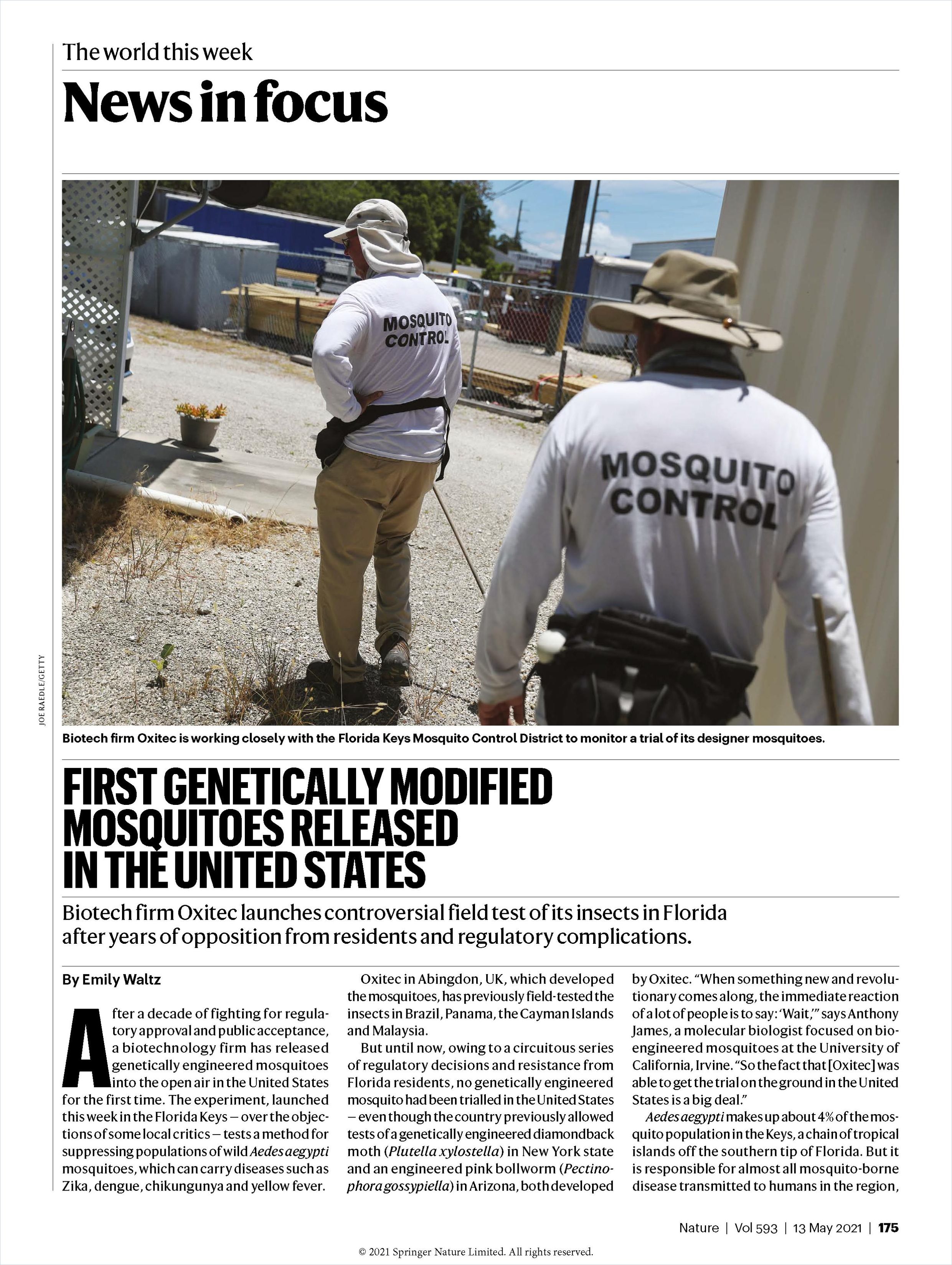
First Genetically Modified Mosquitoes Released in the United States
NatureScientists and concerned residents in Key West alike hope that this approach will stop the spread of deadly viruses like dengue, yellow fever and Zika carried by mosquitoes, since pesticides have become progressively less effective.
4. Yes, Jurassic Park is a possibility.
Ethical dilemmas in genetic sciences go beyond curing disease to engineering “superhumans” – perfecting athletic or beauty traits or extending lifespan. These are intertwined with ethical considerations about stem cells, hybrid bio-robotic organs and de-extinction. As author Beth Shapiro reports in How To Clone a Mammoth, scientists propose the de-extinction of this ancient ancestor to the elephant.
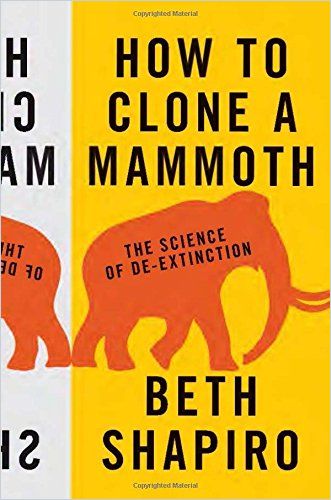
Scientists believe they can re-create the woolly mammoth by using ancient, inert DNA as a guideline to create synthetic DNA within existing “near kin” species. Why would they want to do so? The hope is that such a creature would order an ecosystem in such a way as to help combat global warming on a global scale. Returning the woolly mammoth to northern hemisphere forests would naturally restore those environments from heat-absorbing forests to heat-reflecting tundra, thus aiding in combatting climate change.
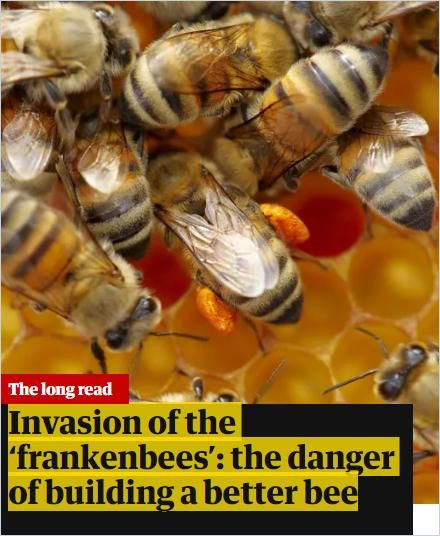
While woolly mammoths are still a long way off, “frankenbees” are already here, robotic bees capable of doing the work of pollination. Journalist Bernhard Warner predicts that technological and genetic engineering will increasingly solve agricultural problems instead of chemicals and pesticides.
Among author Richard W. Oliver’s correct predictions about the emerging biotech era are that, along with basic biological literacy, biotech offers boundless job opportunities for workers willing to keep up with the quickly evolving business landscape. Like in other cutting-edge technological industries, the threats from biotechnology are existential, and the window of opportunity for countries to agree on basic principles is closing. Monsanto’s development of Roundup-ready seeds – seeds bioengineered to render Roundup pesticide inert to the plant while deadly to the insects – offers a cautionary tale of how large chemical companies came to have such outsized control over agriculture. At the same time, overblown fears about the dangers of genetically-modified crops keep biotechnology from providing real solutions in famine-prone countries.
For more on this topic, see the Journal articles and summaries below:

